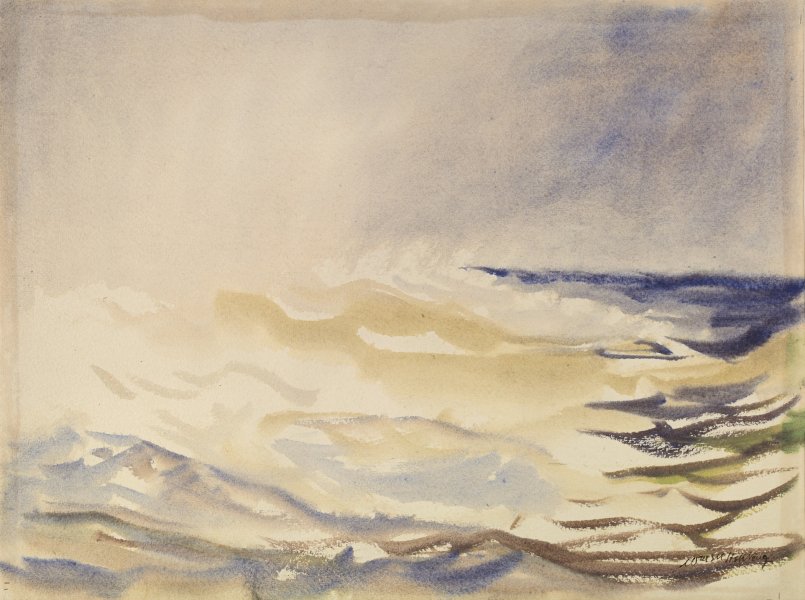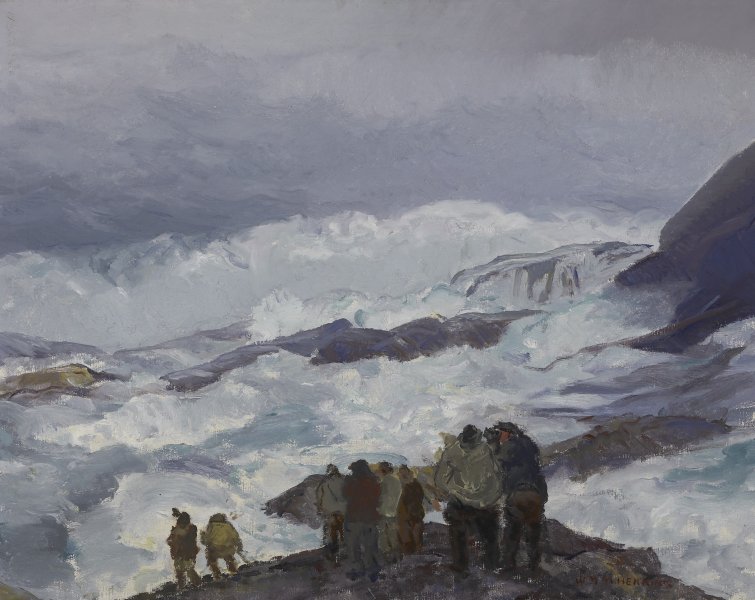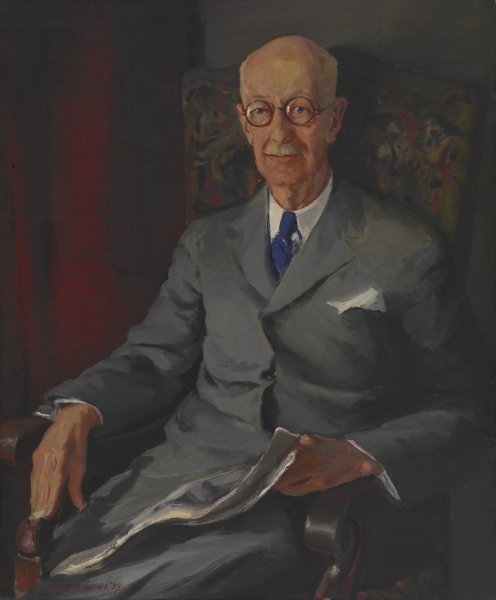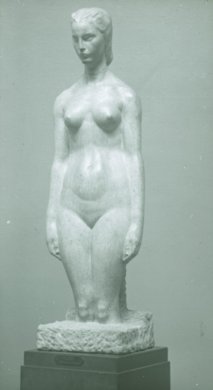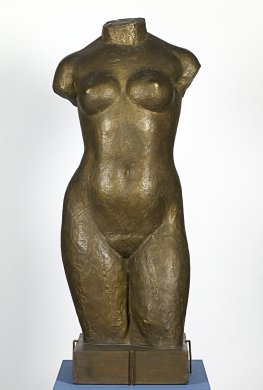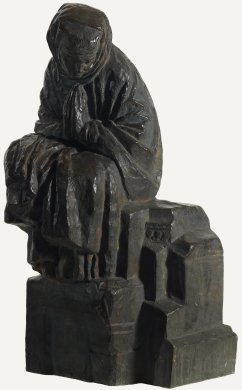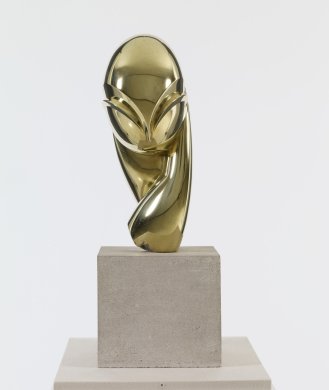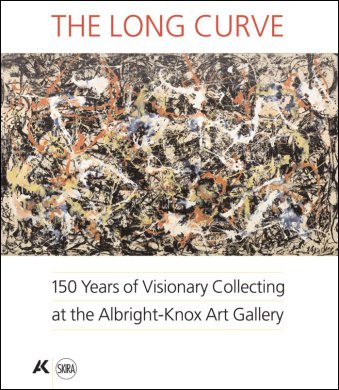William M. Hekking
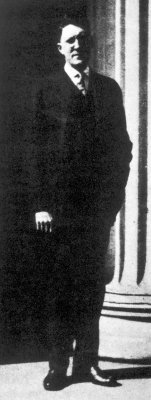
William M. Hekking. Image courtesy of the Albright-Knox Art Gallery Digital Assets Collection and Archives.
William M. Hekking’s tenure (March 1, 1925–October 25, 1931) was marked by an increased focus on making the museum more accessible to the public; one of his first accomplishments as director was to eliminate the museum’s 25-cent admission fee. He recognized the essential role that museums should play in community life, and, in the fall of 1925, he outlined a far-reaching educational program that included working with public schools, the University at Buffalo, the Grosvenor Library, and various other public organizations.
Hekking was also responsible for bringing numerous traveling exhibitions to Buffalo, including solo exhibitions of sculptors Ivan Meštrović, Aristide Maillol, and Antoine Bourdelle, and the International Exhibition of Modern Art, organized by the Société Anonyme. With the support and guidance of board director A. Conger Goodyear, Hekking oversaw the growth of a distinguished collection of modern art for the museum. In 1926, Hekking and Goodyear organized the Fellows for Life Fund. With these contributions set aside for the purchase of modern art and other financial support, important works by Paul Cézanne, Augustus John, Berthe Morisot, Pablo Picasso, and Auguste Rodin entered the collection.
After his resignation in 1931, Hekking continued to live and work in Buffalo as an art critic for The Buffalo Evening News and a staff member at the Buffalo Art Institute, established in 1933 by the Federal Works Progress Administration (WPA).
